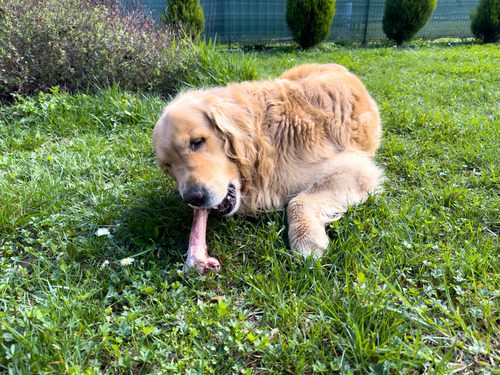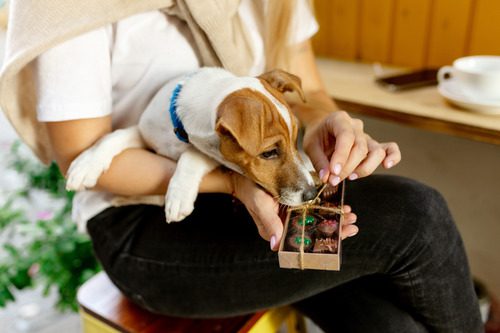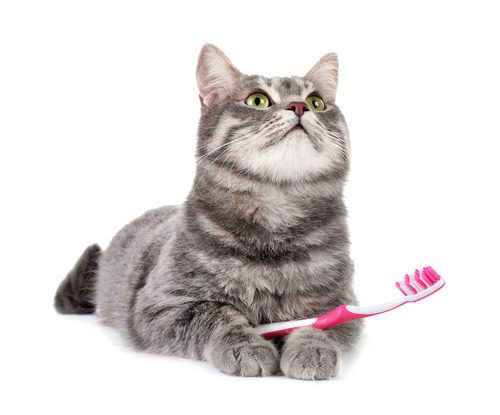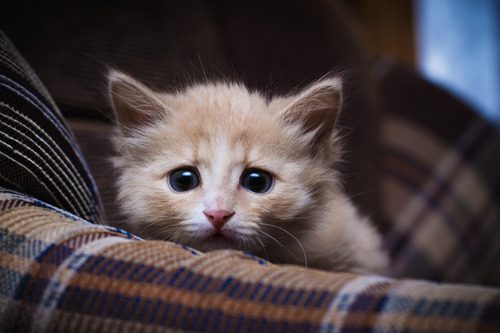Cat Body Language: A Guide To Understand What Your Cat is Telling You
Imagine trying to communicate without words, relying solely on subtle gestures, glances, and movements. This is how your cat expresses themselves every day. While we often think of cats as mysterious or aloof, they are actually quite expressive—if you know how to listen with your eyes. By tuning into the silent language of your cat’s body, you can unlock a deeper understanding of their emotions, desires, and even their quirks. This guide can help you decode the fascinating, silent conversations happening right under your nose.
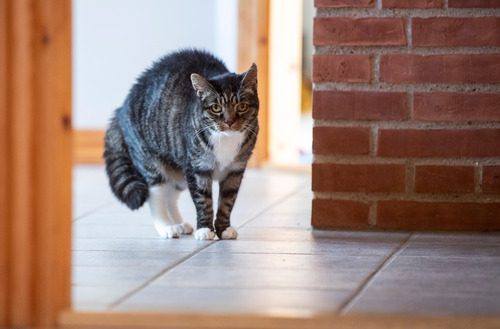
Reading Your Cat’s Posture
Cats use their bodies to convey a wide range of emotions. By paying attention to their posture, you can gain insights into how they feel in a particular moment.
Relaxed and Content
When a cat is feeling content and relaxed, they may be lying down with their paws tucked under their body or stretched out comfortably. Their tail might be gently curled or flicking slowly. A relaxed cat often has a soft expression, with eyes partially closed and ears facing forward. This is a sign that your cat feels safe and at ease in their environment.
Alert and Curious
If your cat is sitting upright with ears perked and eyes wide open, they are likely in an alert state, ready to investigate any interesting sights or sounds. Their tail might be held still or moving slowly, and their body may be slightly tense, prepared for action. This posture often indicates curiosity or excitement, particularly if your cat is focused on a specific object or area.
Defensive or Anxious
A cat that feels threatened or anxious will often display a more rigid posture. They may crouch low to the ground, with their ears flattened against their head and their tail tucked close to their body. Their eyes may be wide with dilated pupils, and their body will appear tense, ready to spring into action if necessary. This posture is a clear sign that your cat is uncomfortable or afraid, and your cue to give them space to feel safe.
What Is the Significance of Tail Movements?
A cat’s tail is one of the most expressive parts of their body and different tail positions can help you interpret your cat’s mood and intentions more accurately.
Tail Held High
When a cat holds their tail high in the air, it usually signals confidence and friendliness. A high tail is often accompanied by a relaxed posture and indicates that your cat is feeling happy and secure. They might approach you with a high tail when they’re in a good mood and looking for interaction or affection.
Puffing Up
A cat’s tail that suddenly puffs up, making the fur stand on end, is a clear indication of fear or aggression. This is often seen when a cat feels threatened and is trying to appear larger and more intimidating to a perceived threat. If your cat’s tail puffs up, it’s best to give them some space and allow them to calm down before attempting to interact.
Tail Tucked
A tail tucked between the legs or held close to the body is a sign of submission or fear. Cats adopt this posture when they feel anxious or threatened and are trying to make themselves as small as possible. If you notice your cat with a tucked tail, it’s important to assess the environment to determine what might be causing them distress.
What Do Ear Positions in Cats Mean?
A cat’s ears are highly mobile and can quickly change position depending on their mood.
Ears Forward
When a cat’s ears are facing forward, they are usually feeling curious or content. This is often seen when your cat is exploring their environment or focusing on something of interest. Forward-facing ears, coupled with a relaxed body posture, indicate that your cat is comfortable and engaged.
Ears Flat or Back
Flattened ears, pressed back against the head, are a sign of fear, anger, or aggression. This ear position is often accompanied by other defensive body language, such as a crouched posture or dilated pupils. If your cat’s ears are flattened, it’s a clear signal that they are upset or frightened, and it’s best to give them some space.
Ears Swiveling
Cats can also swivel their ears independently to focus on specific sounds. Rapidly swiveling ears indicate that your cat is highly alert and possibly anxious. They are trying to gather as much information as possible about their surroundings, which could mean they are feeling uneasy.
Decoding Vocalizations
In addition to body language, cats use vocalizations to communicate with their owners.
Purring
Cats may purr when they are relaxed and happy, but they might also purr when they are stressed or trying to soothe themselves. If your cat is purring during a vet visit or when they are injured, it’s worth paying attention to their overall body language to assess their true feelings.
Meowing
Meowing is a cat’s primary way of communicating with humans, and it can have different meanings depending on the context. A short, soft meow might be a request for attention or food, while a loud, insistent meow could indicate distress or discomfort. By tuning into the pitch, frequency, and context of your cat’s meows, you can better understand what they’re trying to tell you.
Hissing or Growling
Hissing and growling are clear signs of a cat’s discomfort or aggression. These sounds are typically accompanied by defensive body language, such as flattened ears, a puffed-up tail, or a crouched posture. If your cat is hissing or growling, it’s important to respect their space and avoid further provocation.
What Your Cat’s Eyes Are Telling You
A cat’s eyes are incredibly expressive and can reveal a lot about their emotional state. From the size of their pupils to the intensity of their gaze, there are many ways your cat’s eyes can communicate how they feel.
Slow Blinking
A cat that slowly blinks at you is offering a gesture of trust and affection. This behavior is often referred to as a “cat kiss” and is a sign that your cat feels comfortable and safe with you. You can reciprocate by slow blinking back, reinforcing your bond with your cat.
Dilated Pupils
Pupil size can vary depending on lighting conditions, but dilated pupils in a well-lit environment can indicate excitement, fear, or arousal. If your cat’s pupils are wide and their body language is tense, they might be feeling scared or overstimulated. On the other hand, dilated pupils accompanied by playful behavior may signal that your cat is in a highly excited state, ready to pounce or chase.
Direct Staring
A direct stare with relaxed body language often indicates curiosity or affection. However, if the stare is accompanied by tense body language, such as flattened ears or a rigid posture, your cat might be feeling threatened and is preparing to defend themselves.
Building a Deeper Connection Through Observation
When you observe and can interpret your cat’s posture, tail movements, ear positions, vocalizations, and eye expressions, you can gain a clearer understanding of their emotions and needs. This heightened awareness allows you to respond more effectively, creating a more harmonious relationship between you and your cat. If you have questions about your cat’s behavior, our team at Heart + Paw is here to help. Call any of our Heart + Paw locations or book an appointment online today.
Recent Posts
Can Dogs Eat Ham?
Ham is a popular meat found on many dinner tables, especially during the holidays. As a dog…
8 Signs and Symptoms of Diabetes in Dogs
Caring for a dog means being tuned in to the subtle changes that can reveal their overall…
Why Dogs Can’t Eat Chocolate and Tips for Keeping This Sweet Treat Out of Their Reach
Chocolate is a beloved indulgence for us, but for our dogs, it’s a hidden danger that can…
Why Cat Teeth Cleaning is Important For Your Pet’s Health
As a cat owner, you know how important it is to care for your feline friend’s overall…
Signs Your Cat Could Have Anxiety
When you think of anxiety, you might not immediately associate it with cats. However, our feline friends…
About Us
Heart + Paw was founded in 2018 by Chief Veterinary Officer Dr. George Melillo, who currently serves the Mid-Atlantic area. Heart + Paw offers a combination of veterinary care, pet grooming, and dog daycare to help be a resource in your pet parenthood journey.
We'd Love to Meet Your Four-Legged Friends
Find out how the friendly veterinary team at your local Heart + Paw can help your pets live longer, healthier lives by searching for a location near you.

